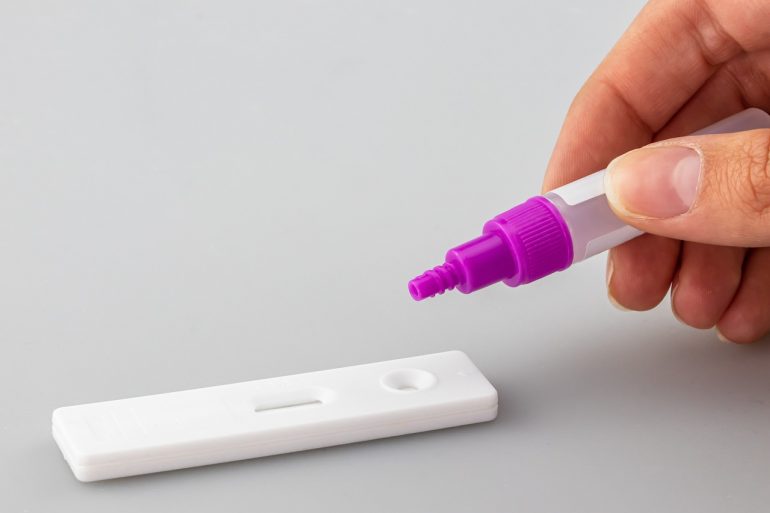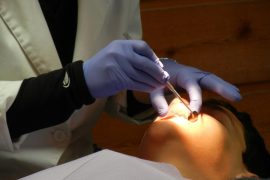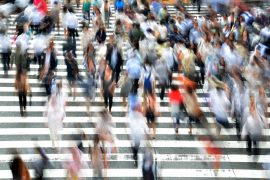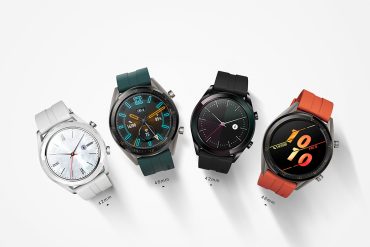If you’ve been exposed to someone with COVID-19, taking a self-test is a crucial step to ascertain if you’ve contracted the virus. The ideal time to take a self-test is at least five days after being exposed to the virus. Testing earlier may result in a false negative because the virus may not be detectable yet. The rationale behind waiting is that the viral load typically accumulates to detectable levels during this period.
It’s vital to self-isolate if you develop any symptoms indicative of COVID-19 at any point after exposure, regardless of the self-test results. If you are asymptomatic, you can get COVID-19 lateral flow tests to help limit the spread of the virus. Remember, even if you test negative, it’s important to remain vigilant for symptoms for at least 10 days after exposure, as you can still be infectious even without showing symptoms.
Key Takeaways
- Take a self-test at least five days after exposure.
- Self-isolate and test immediately if symptoms develop.
- Stay alert for symptoms for 10 days post-exposure.
Determining Exposure and Risk
When assessing the need for a COVID-19 self-test after potential exposure, understanding exposure levels and recognizing symptoms is crucial.
Understanding Exposure Levels
Exposure level is gauged by proximity and duration of contact with an infected individual. If you’ve been in close contact—defined as within 2 meters for a total of 15 minutes or more over 24 hours—you’re considered at higher risk. Use self-testing to ensure accuracy and mitigate the spread, especially if physical distancing and mask-wearing were not consistently maintained.
Identifying Symptoms
You should self-test if you develop symptoms indicative of COVID-19. Key symptoms to look out for include:
- Continuous cough
- Fever or high temperature
- Loss of, or change in, your normal sense of taste or smell
Even if symptoms seem mild, obtaining a definitive test result is fundamental in controlling transmission risks.
Guidelines for COVID-19 Self-Testing
Understanding the appropriate procedures for COVID-19 self-testing after potential exposure is crucial for accurate results and subsequent actions.
Timeframe for Self-Testing After Exposure
If you believe you’ve been exposed to someone with COVID-19, it’s important to wait at least three to five days before taking a self-test. This waiting period allows for the virus to reach detectable levels if you’ve been infected.
Frequency and Timing of Tests
Perform self-testing every two to three days over 10 days post-exposure, especially if you’re in frequent contact with vulnerable individuals. Testing should ideally be done in the morning, before you have eaten or drunk anything, to obtain a clear sample.
Interpreting Test Results
A negative result doesn’t completely rule out infection, particularly during the early stages post-exposure. If symptoms develop or continue, continue to conduct a COVID-19 self-test using the correct procedures. Always follow up with a PCR test if any doubt remains. Positive results require immediate self-isolation and notification to health authorities.
Conclusion
If you’ve been in close contact with someone who has COVID-19, it’s crucial to stay informed on when to take a self-test. Wait at least five days after exposure before testing to increase the accuracy of your results. If you develop symptoms, you should be tested immediately. Follow CDC recommendations and remember to quarantine while awaiting test results to prevent potential spread of the virus. In case of a negative rapid test but persistent symptoms, consider a follow-up test or a more sensitive PCR test. Self-testing plays a vital role in managing your health and the safety of those around you during the ongoing pandemic.





